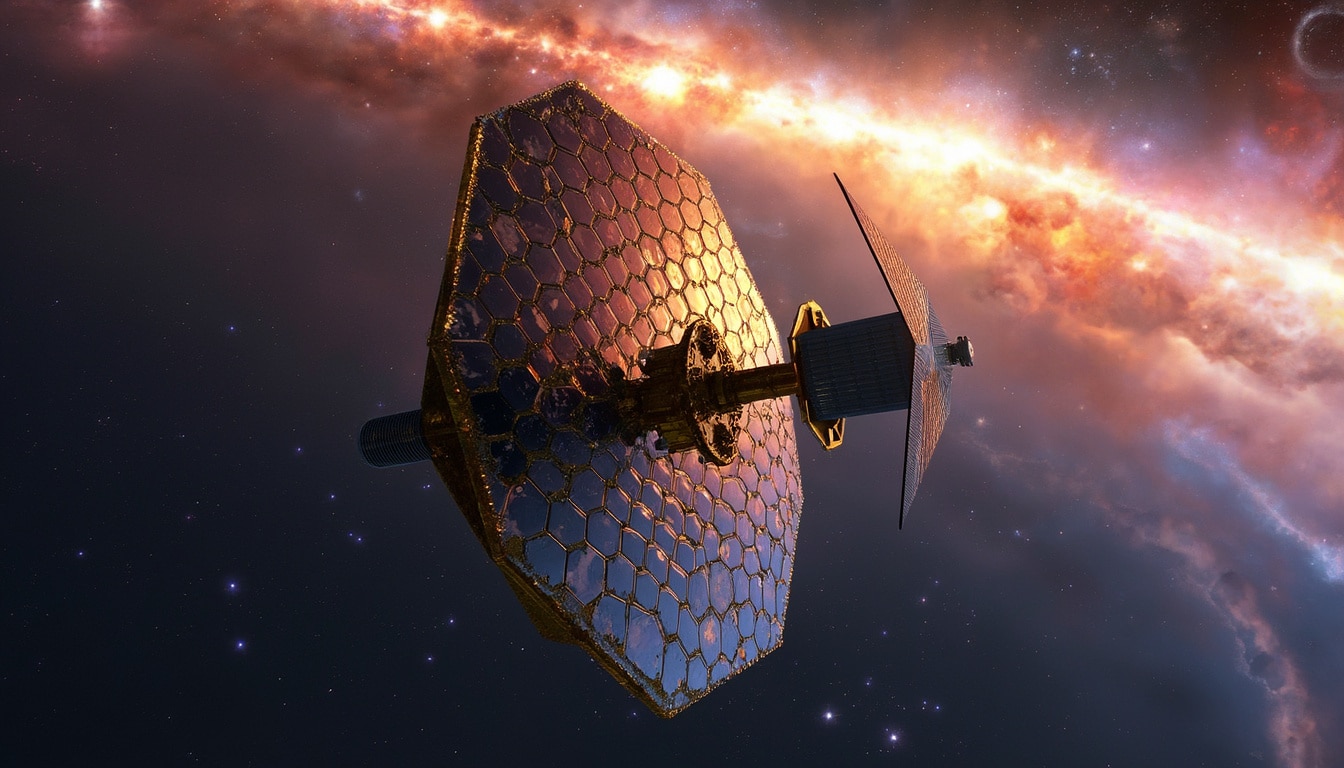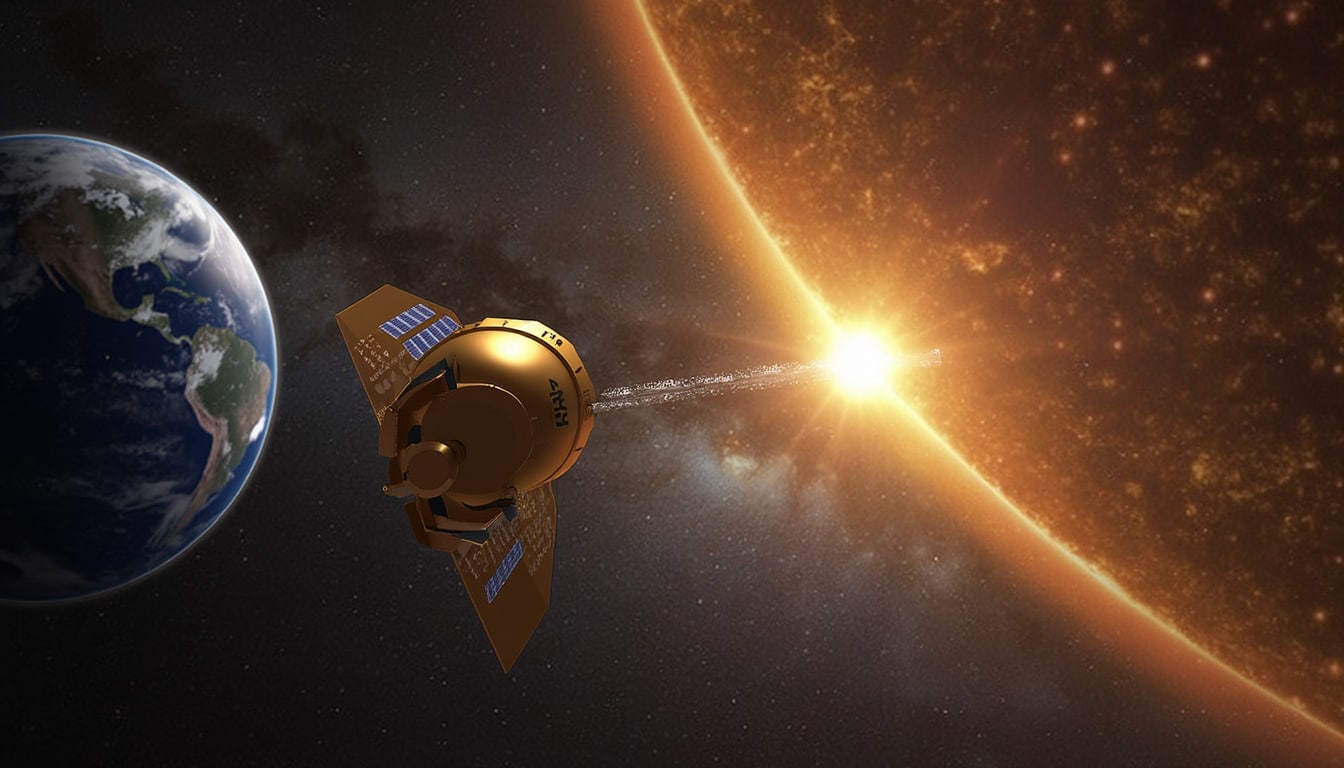The much-anticipated launch of two significant NASA missions, SPHEREx and PUNCH, has been delayed by SpaceX, adding to the growing list of rocket launch delays. Initially scheduled for Saturday night, this launch aimed to propel SPHEREx, a groundbreaking space telescope, and the PUNCH satellite suite into orbit. Each of these missions holds the potential to unravel cosmic mysteries, but the postponed launch raises questions about the readiness of the Falcon 9 rocket and the overall timeline for these ambitious space explorations.
Both SPHEREx and PUNCH focus on critical astrophysics research, focusing on different aspects of space science. SPHEREx is designed to survey the entire sky in a wide array of infrared colors, while PUNCH aims to study the sun’s outer atmosphere and solar wind. The integration of these missions marks a vital step toward enhancing our understanding of the universe, from the farthest galaxies to our solar system’s sun. As we delve into the details surrounding these missions, it’s clear that their contributions could reshape our perception of the cosmos.
Understanding the NASA SPHEREx Mission
SPHEREx, or Spectro-Photometer for the History of the Universe, Epoch of Reionization, and Ices Explorer, is a sophisticated space telescope equipped to capture intricate details of our universe. The telescope’s primary objective is to survey the cosmic landscape in 102 infrared wavelengths, allowing scientists to gather invaluable information about distant stars and galaxies.

The Technical Mastery Behind SPHEREx
The SPHEREx mission employs cutting-edge technologies designed to enhance observational capabilities. Its unique design allows it to perform simultaneous observations of the cosmos in numerous wavelengths, which is akin to using a prism to break down light into a spectrum of colors. Each captured wavelength reveals critical data about the chemical makeup and distance of celestial objects. This comprehensive survey could lead to groundbreaking discoveries in astrophysics research, highlighting the formation and evolution of galaxies.
The Broader Implications of the SPHEREx Mission
SPHEREx’s findings will have far-reaching implications across various domains of space science. By generating around 600 images daily, the telescope aims to unveil unseen structures in the universe, potentially identifying 300 million stars and galaxies. Such extensive data will be invaluable for researchers aiming to understand the history of star formation and the distribution of interstellar ices. This research could directly influence the development of theoretical frameworks in cosmology.
The PUNCH Mission: Probing Solar Mysteries
PUNCH, short for Polarimetric Imaging of the Sun’s Coronal and Heliospheric Environment, comprises a suite of satellites tasked with exploring the sun’s outer atmosphere. The mission is poised to shed light on the solar phenomena affecting space weather, which can have profound effects on satellite operations, communication systems, and even power grids on Earth.
What Can PUNCH Achieve?
PUNCH combines advanced imaging technologies with instrumentation capable of studying the sun’s coronasphere. These satellites will monitor solar winds and global-scale eruptions, contributing to our understanding of solar behavior. As we navigate through increasingly complex space missions, the knowledge gleaned from PUNCH will enhance predictive models for solar activity, a crucial component for safeguarding technological infrastructure on Earth.
The Collaboration Between NASA and SpaceX
The collaboration between NASA and SpaceX illustrates an integration of traditional space exploration with modern technological advancements. This partnership signifies an era where innovations in space travel are rapidly reshaping how missions are deployed and executed. SpaceX’s role in this venture has been integral, with its Falcon 9 rocket serving as the launch vehicle for SPHEREx and PUNCH. Observers are now anxiously waiting for the next launch attempt from Vandenberg Space Force Base in California, after the delay was announced just hours prior to the initial scheduled launch.

Reasons Behind the Launch Delays
Understanding the reasons for the rocket launch delays is essential to grasp the challenges faced in modern space missions. SpaceX cited the need for additional checks on the Falcon 9 rocket prior to the launch as the underlying reason for postponement. As with any complex technological endeavor, ensuring reliability and safety is paramount. The intricate nature of spacecraft and satellite deployment involves meticulous preparation and comprehensive testing to mitigate risks associated with space travel.
The Impact of Delays on Research Timelines
Delays in rocket launches can significantly impact the timelines of associated research projects. Scientists and researchers involved in astrophysics studies often prepare extensively for the data collection phases that follow a successful launch. When delays occur, it jeopardizes scheduled experiments and may lead to shifts in research focus or methodologies. This situation underlines the interconnectedness of space exploration news with scientific inquiry and innovation.
Public Perception and Industry Implications
The public continues to exhibit robust interest in space exploration, driven partly by advancements made by companies like SpaceX. As audiences eagerly await new launches, any delays could lead to mixed perceptions regarding the reliability of commercial spaceflight. Nevertheless, these postponements also reflect a commitment to safety and a conscientious approach to space travel. Balancing ambition with careful execution remains crucial for the future of space exploration.
The Future of NASA’s Missions and SpaceX Launches
Looking ahead, the future of NASA’s missions, especially with SPHEREx and PUNCH, appears promising despite recent setbacks. The integration of innovative satellite technologies continues to enhance our understanding of the universe and improve our predictive capabilities regarding solar activity. Each successful launch contributes to a broader narrative of exploration, paving the way for subsequent endeavors that push the boundaries of science.
Beyond SPHEREx and PUNCH: What Comes Next?
As challenges remain for upcoming NASA missions, the space community is ever eager to hear about future endeavors. NASA has plans to develop additional satellites and telescopes that will continue to advance our knowledge of space. Collaborations with SpaceX are expected to play a crucial role in these upcoming missions, potentially including other projects aimed at exploring various cosmic phenomena.
Conclusion: The Continuing Journey of Space Exploration
The path of innovation continuously unfolds as we navigate the complexities of astrophysics and space missions. The delayed launch of SPHEREx and PUNCH serves as a reminder of both the challenges and achievements in the field of space exploration. While we wait for the next announcements regarding these missions, one thing is certain: our journey into the cosmos is just beginning, and the excitement around NASA and SpaceX’s future plans will resonate for years to come.
| Mission | Description | Launch Date | Status |
|---|---|---|---|
| SPHEREx | Infrared space telescope designed to survey the cosmos. | Postponed | Awaiting rescheduled launch date |
| PUNCH | Suite of satellites studying the sun’s outer atmosphere. | Postponed | Awaiting rescheduled launch date |




Leave a Reply